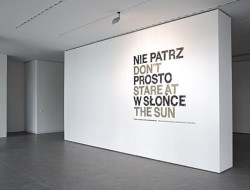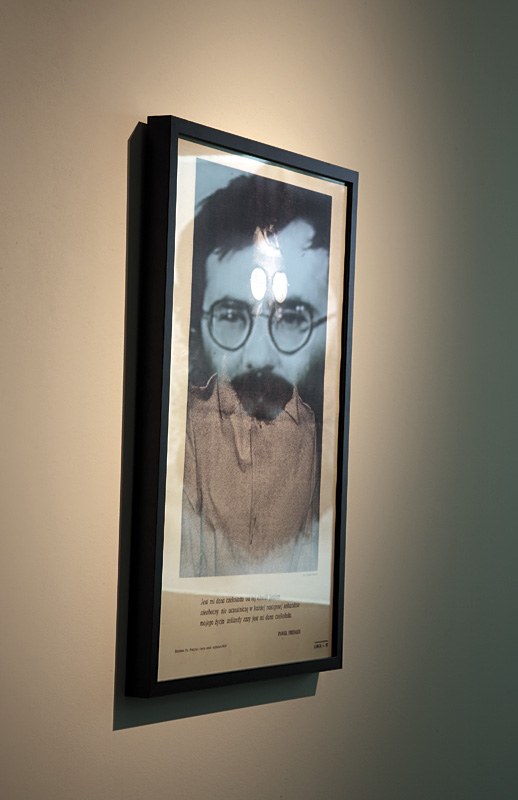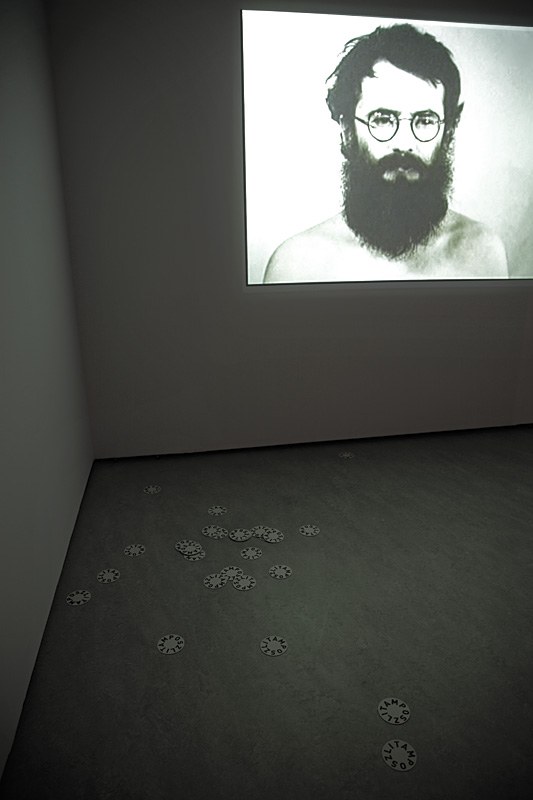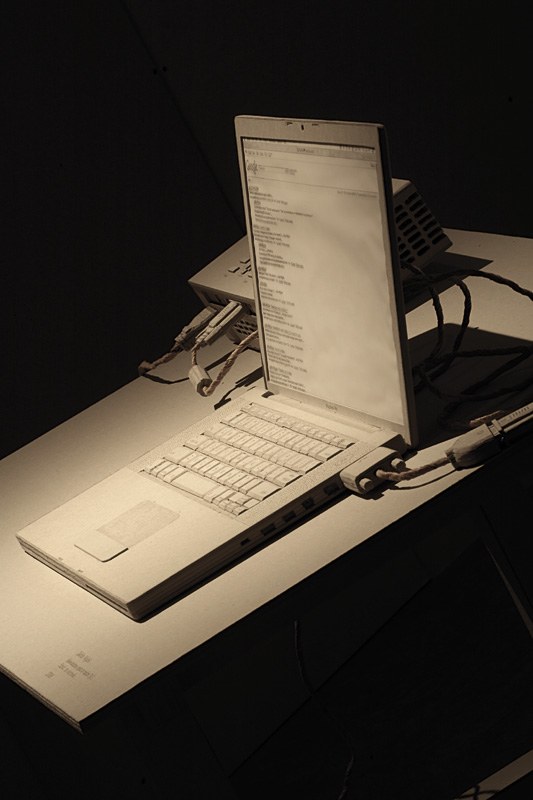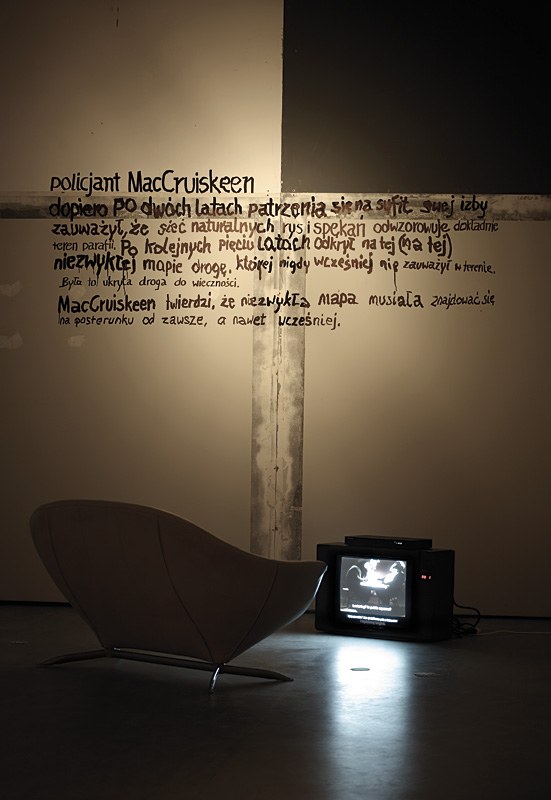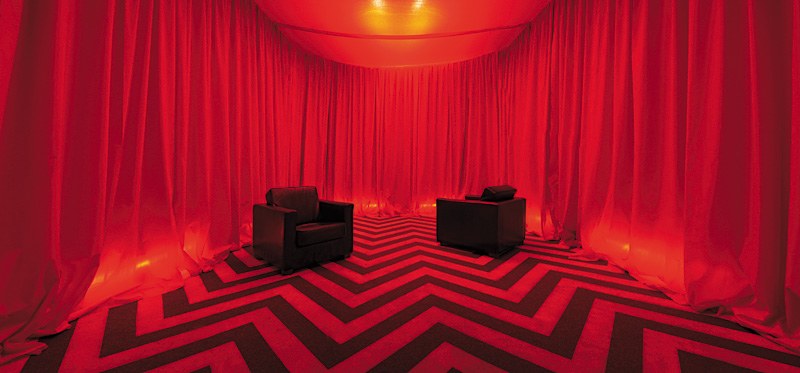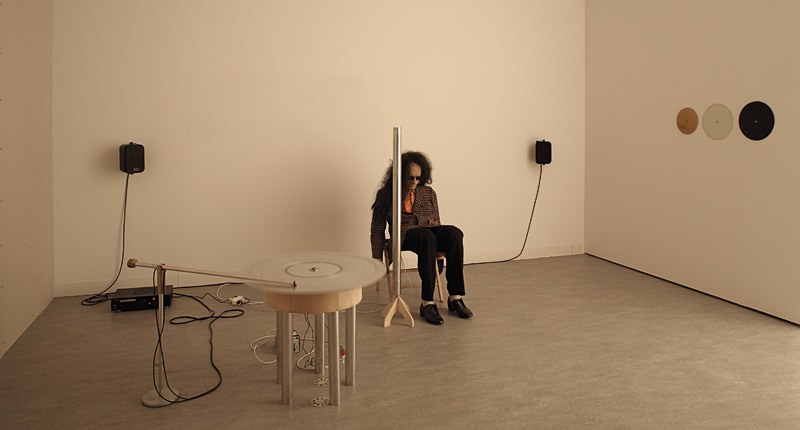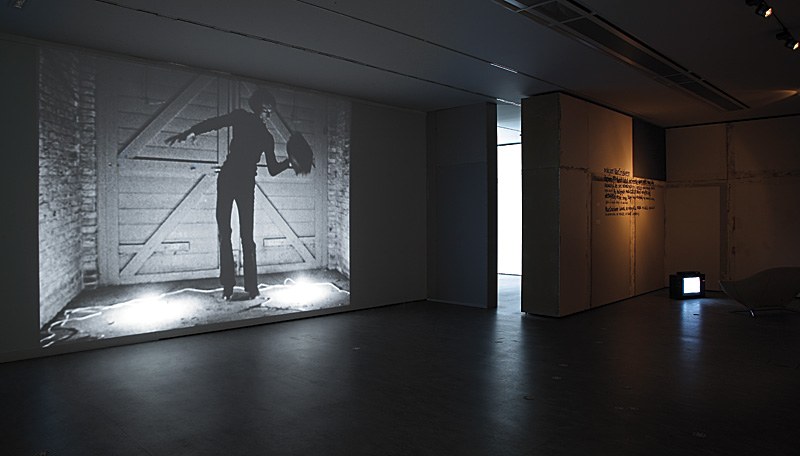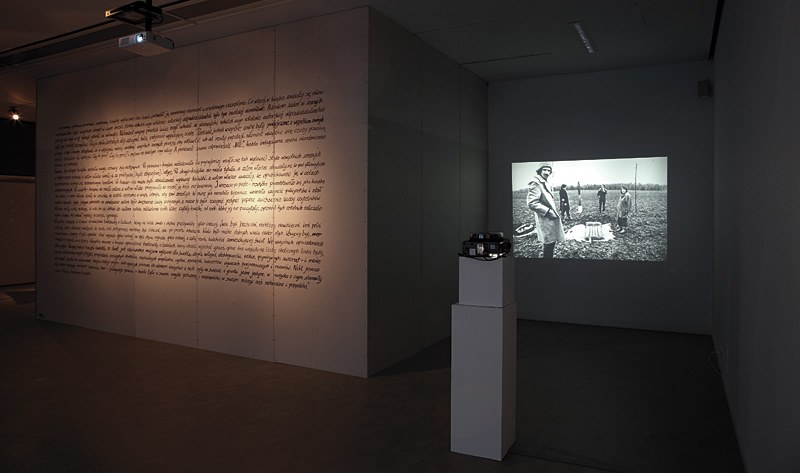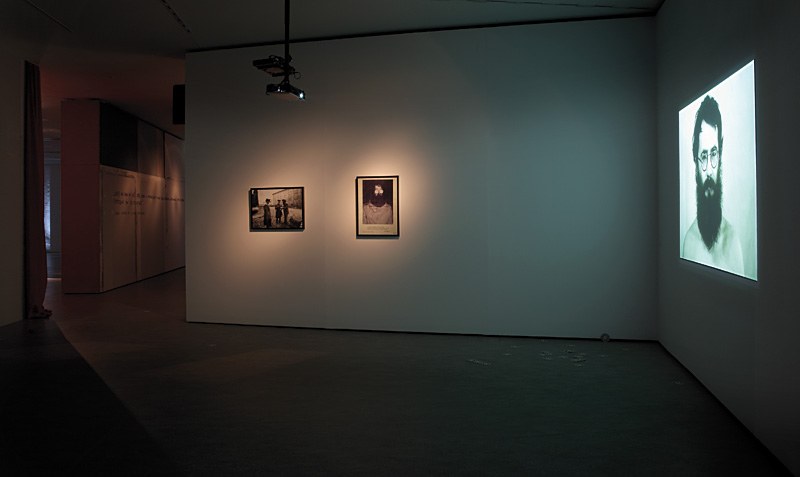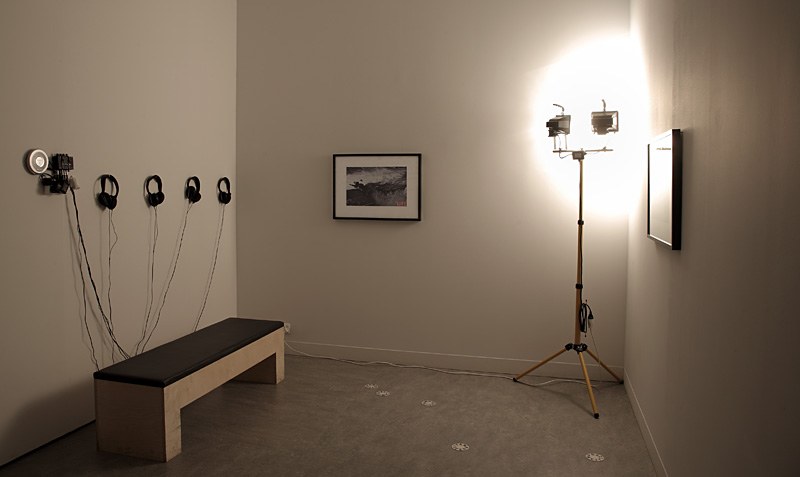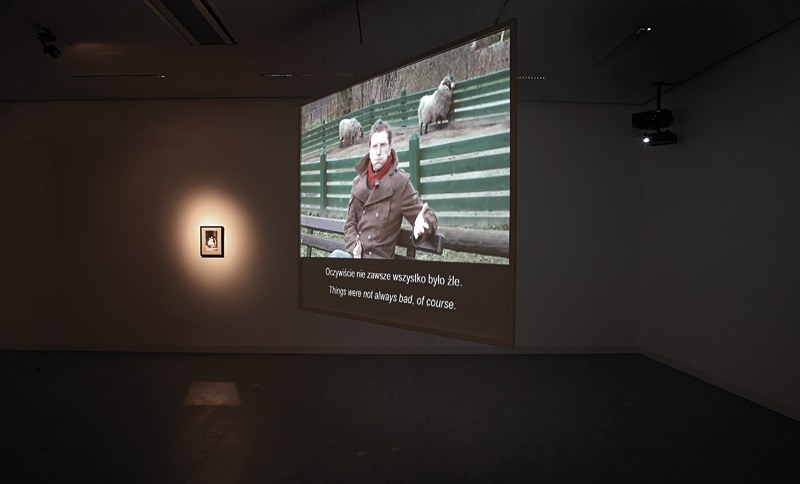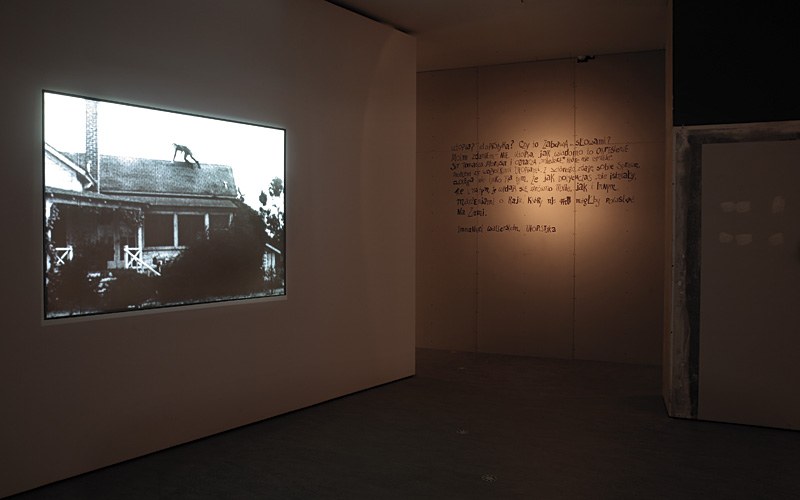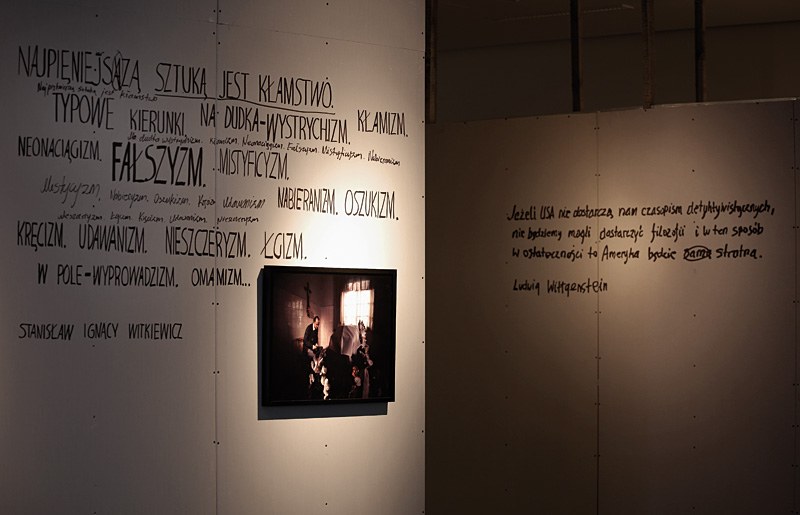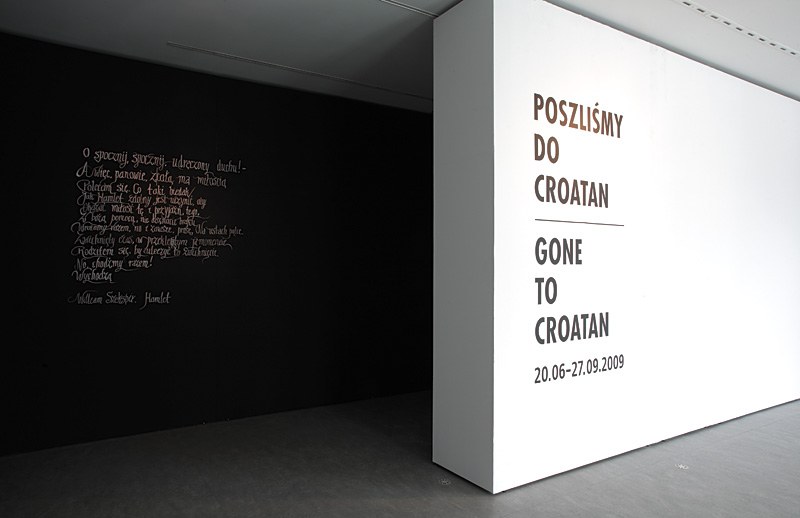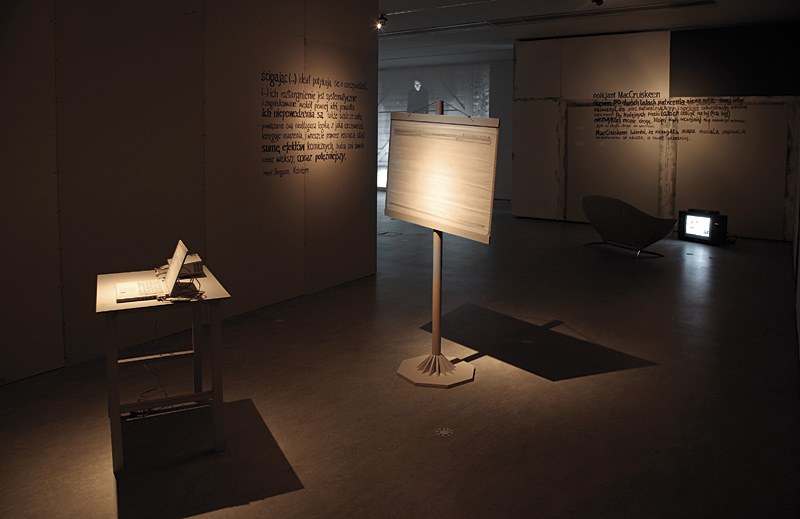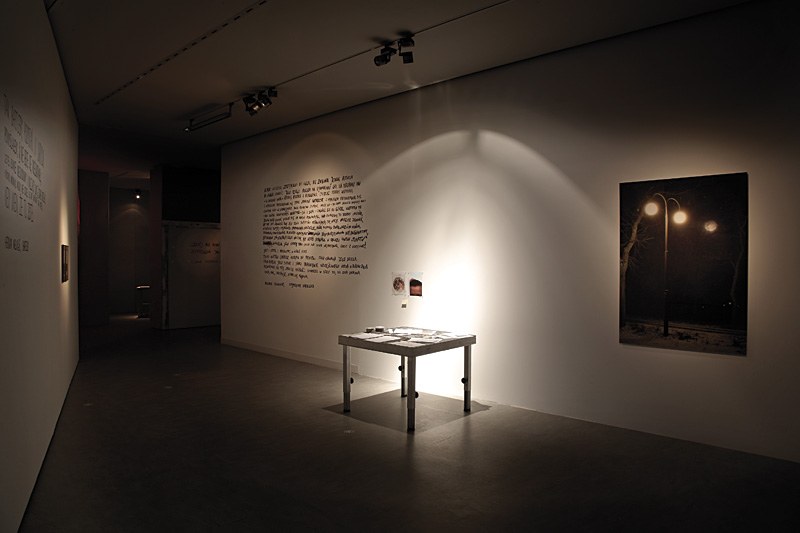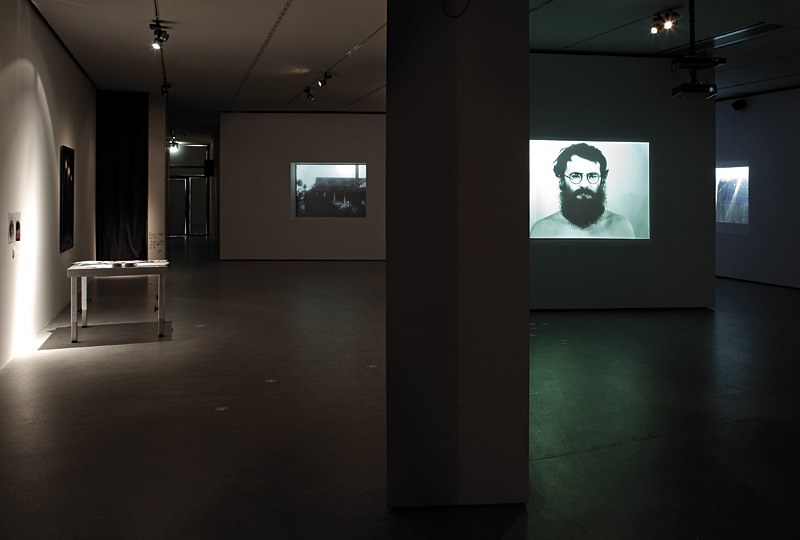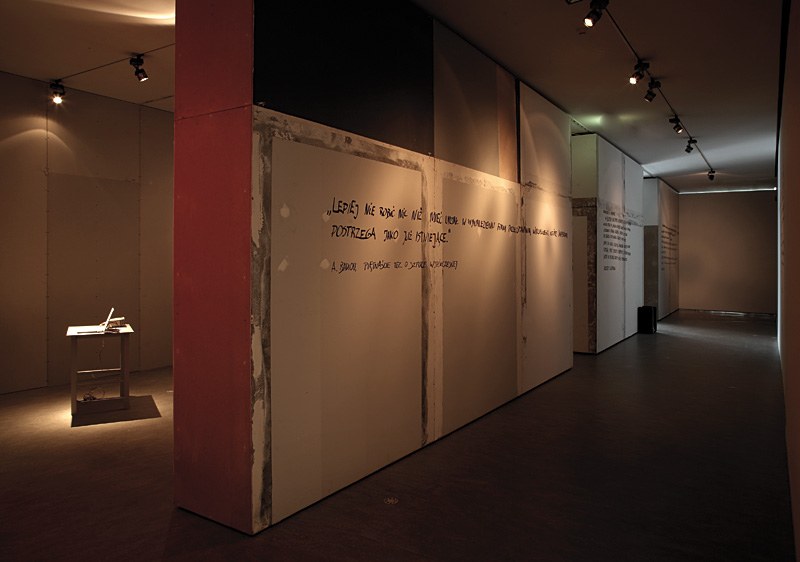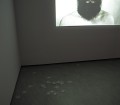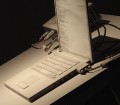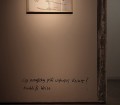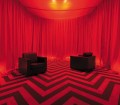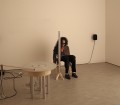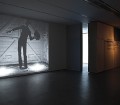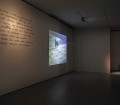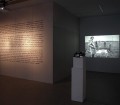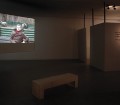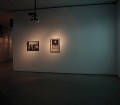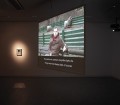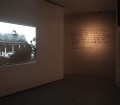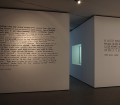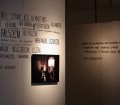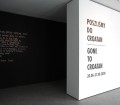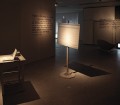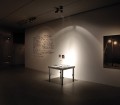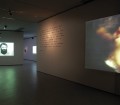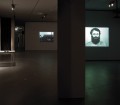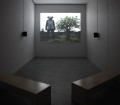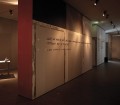Artists: Jan Bas Ader, Sebastian Buczek, Hubert Czerepok, Fischli & Weiss, Kolektywne Działania, Jacek Koprowicz, Jiri Kovanda, Jacek Kryszkowski, Zbigniew Libera, Leszek Przyjemski, Robert Rumas, Daniel Rumiancew, Syreny TV: Aleksandra Polisiewicz and Ewa Majewska, Adam Witkowski, Julita Wójcik, Zakład Produkcji Dźwięku: Wojciech Marzec and Patryk Zakrocki and Kasia Krakowiak, Ziemia Mindel Würm: Marek Rogulski and Piotr Wyrzykowski, Paweł Freisler
Initiators: Robert Rumas and Daniel Muzyczuk
Exhibiton design: Robert Rumas
The first European colonists in the New World disappeared leaving behind the settlements and a paper note with the words ‚Gone to the Croatan’. The Croatan were an Indian tribe living in neighbouring territories. They are said to have murdered the settlers, however, reports concerning green-eyed Indians seem to contradict that version of events. A hypothesis suggests that the settlers went on a trip into another dimension.
Disappearance is generally associated with defeat. What is invisible is external to public life, and the invisible have no influence on the direction a community is taking. What will happen, however, if we scrutinise specific gestures? When shall we face attitudes that perceive the act of ‚descending underground’ as part of strategy? Such small-scale practices frequently constitute exercises in a Utopia, which – although unattainable on a global scale – may be available to the individual.
Social exclusion can take many forms. It may result from unfavourable circumstances, or from an autonomous decision taken by an individual whishing to be excluded. The project aims at exploring these practices and their causes with special attention given to the variety of gestures establishing private utopias.
In the early 1960s, Marcel Duchamp remarked that, due to commercialisation of art, descending underground, or becoming invisible, would be the only solution left for a great artist of the future. This was accomplished by neo-avant-garde artists. However, is that still possible in the days when any radical social change is perceived as a thoroughly utopian aspiration?
Disappearance does not mean lack of voice. Emptiness is meaningful. In ancient Athens a person excluded from public life was called an idiot. That name was also given to a private person, one who intentionally did not take part in the distribution of power and public space and, consequently, gave up the right to participate in making decisions concerning the community. Self-exclusion reveals the boundary between two seemingly separate spheres, i.e. the public and the private. The private is also the political, or may be seen as such in the context of a play where some sort of power is at stake. In order to become known, the inside must think over its constitutive outside.
The excluded fail to appear fully material. Ghosts cross the border between the matter and the ephemeral, between activity and passivity. Although suspended between existence and emptiness, the ghost of Hamlet’s father is capable of forcing the protagonist to accept an obligation. By extorting an oath, or a promise, from a person to which they appear, they exert influence upon the real world and produce an effect of constant shifting of the unsettled boundary between the private and the public.
Works and gestures that have come to light during the project Gone to Croatansreveal real stories of disappearance and detective search for traces of what has become ghostly, and confront them with artistic fiction taking up the theme of self-exclusion. The figures of investigators fail to meet those they are trying to find. The idiots preparing ground for establishment of their own, private utopias, are looking for the sense of life. All this happens by the light of the moon, which – on the one hand – is a symbol of alienation, and – on the other – a patron of poets. The protagonists of Fischle & Weiss’ The Right Waydiscover genuine spontaneity in musical improvisation by the light of the moon. It is sound that transports the emptiness created by leaving. Perhaps, ghosts are merely musical vibration of the air.
 The Institution is funded from the budget of Toruń Municipality
The Institution is funded from the budget of Toruń Municipality

